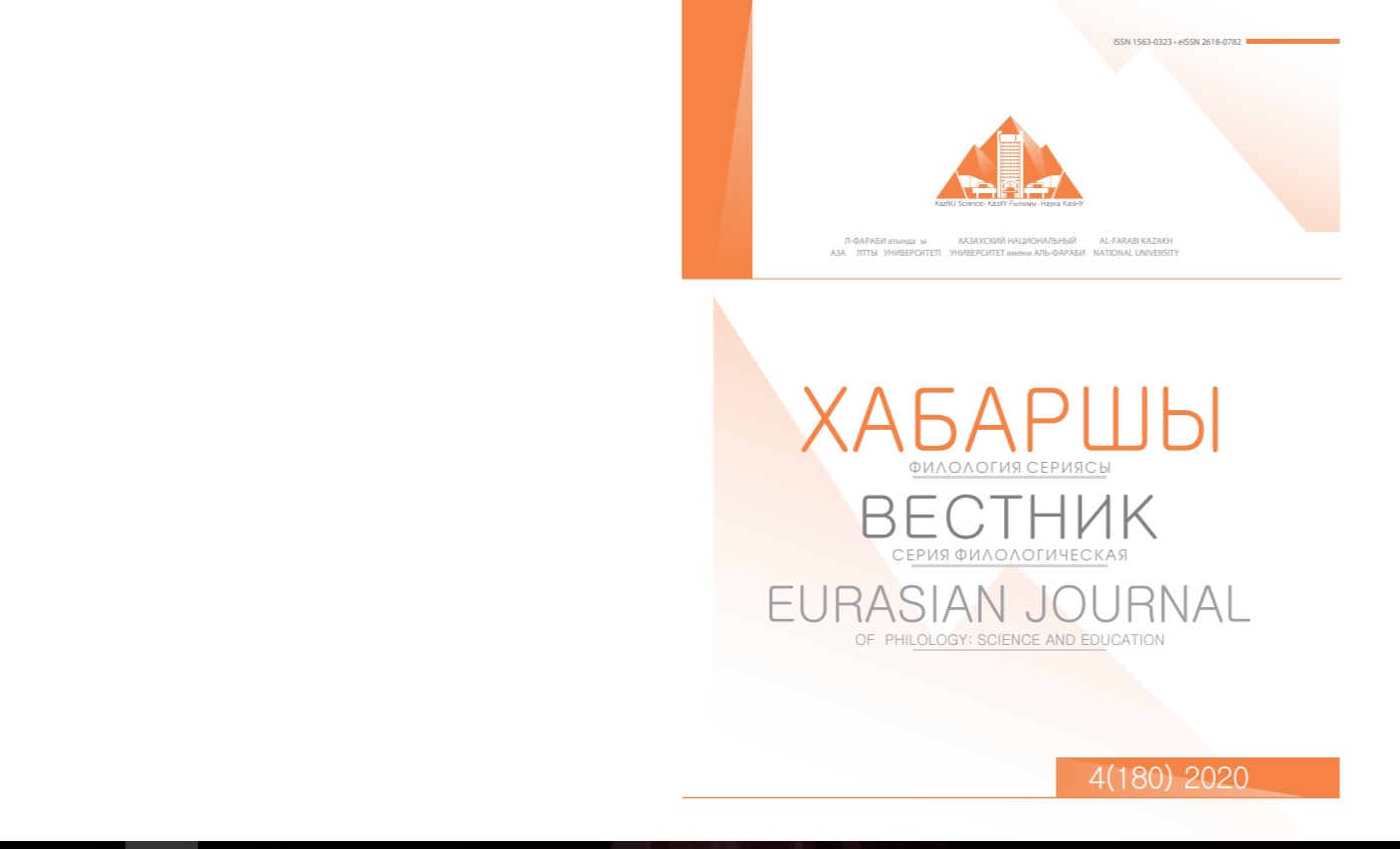The role of prof. Veli Khuluflu in the research of the epos “Koroglu”
DOI:
https://doi.org/10.26577/EJPh.2020.v180.i4.ph20Abstract
The subject of research in this article was the activity in the field of koroglu study one of the prominent figures of Azerbaijan folklore – Veli Khuluflu. The article describes the activities of Veli Khuluflu in the field of koroglu study in several directions – the collection of the epos, the publication of the epos, the study of the epos, and finally the translation of the epos. The author used the method of researching the scientific heritage of Veli Khuluflu in the aspect of the work done in this area. As you know, Koroglu is a semi-mystical folk hero who belongs to the second half of the 16th century. The image of Koroglu can be found in the folklore of many Turkic peoples. A hero named Koroglu is one of the common motives of the folklore of the Turkic peoples. Legends and traditions of some Turkic peoples say that his mother became pregnant from the light and was buried alive. Koroglu was born in a grave and survived by sucking on the breast of his dead mother. The Azerbaijani Turks call the hero Koroglu (the son of the blind man), since his father’s eyes were gouged out. There are different versions, adapted in different countries. The concept of blindness includes not only blindness, but also invisibility. Heroes become invisible for protection. Khidir is sometimes called blind because he does not need eyes. In oral folk literature, the events associated with the name of Koroglu have become legendary and are reflected in the epic “Koroglu”. The historical line of the series of events and personalities of the epic is not broken, but the fact that Koroglu was a brave warrior, a talented poet and ashug, the author of beautiful couplets, has been preserved as a historical fact.






